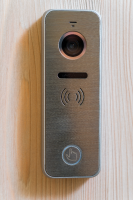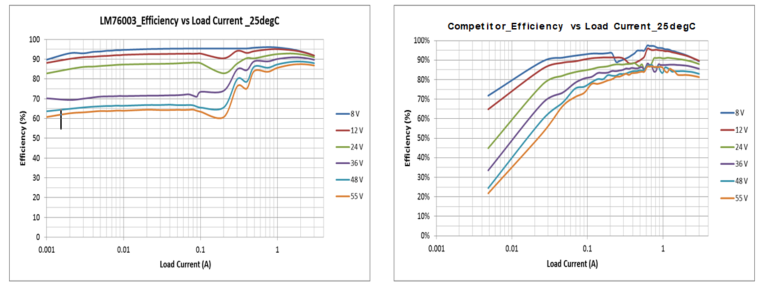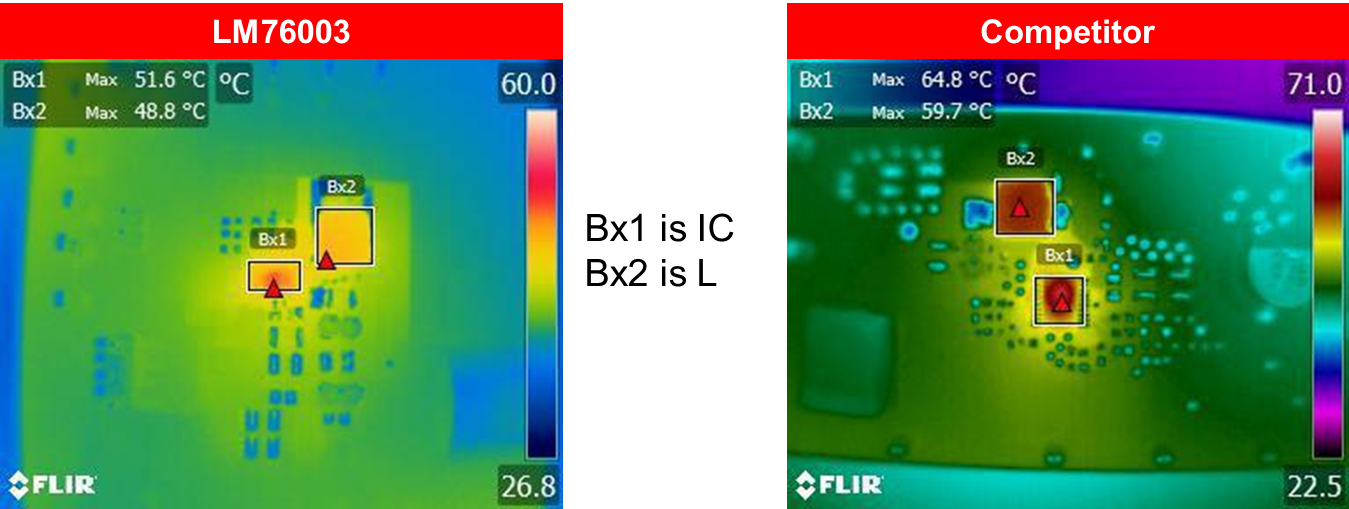SSZT623 september 2018 LM65645-Q1 , LM70660 , LM706A0 , LM706A0-Q1 , LM70840 , LM70840-Q1 , LM70860 , LM70860-Q1 , LM70880 , LM70880-Q1 , LM76002 , LM76003

With the increased use of smartphones and tablets, there is a lot of effort on integrating popular home technologies like the Google Nest thermostat and Amazon’s Echo Dot. Consequently, the safety and security that comes with smartphone integration is fueling large growth in different home automation sectors.
The video doorbell, which enables users to view the threshold of their homes remotely, is one rapidly growing sector of home automation. The demand for video doorbells is continuing to rise as more and more companies offer high-end and secure products for cheaper prices. One of the main reasons for this affordability is the balance between quality and price in the devices used to make the different technologies causing more manufacturers to venture into home automation.
When designing a video doorbell, you should look for three main qualities during front end power supply device selection. The first and most important feature is wide input range to support operating voltage due to different transformer rating ranging from 8V ~ 36V AC. It is vital for a video doorbell front end design to include power-management products that support high efficiency across wide input range and operating load current.
The process of efficient power use starts as the video doorbell receives a rectified pulsated DC voltage and must convert that value to a lower DC voltage. The LM76002 synchronous step-down voltage converter has a wide 3.5V to 60V input-voltage range and the capability of driving up to 2.5A. As Figure 1 shows, the LM76002, compared to a competing device, has even much higher light load efficiency. With higher efficiency, the LM76003 also brings with it a low standby quiescent current, which when used in a video doorbell design means minimal power use during wait time. This is important for video doorbell designs that have a battery.
 Figure 1 Efficiency Comparison
Chart
Figure 1 Efficiency Comparison
ChartThe second quality to look for when designing a video doorbell is thermal performance. In order to create a video doorbell that can be mounted on any door frame and perform its best in any temperature, you must consider the thermal performance of the power-management components. The LM76002 buck converter stays at a maximum temperature of 52°C at an ambient temperature of 25°C. The LM76002’s ability to stay at a lower temperature means that your video doorbell design can maximize space without any overheating concerns.
Figure 2 compares the LM76003’s thermal performance with a competing device after applying a full load and allowing both devices 15 minutes to reach thermal equilibrium.
 Figure 2 Thermal Efficiency Comparison
after Applying Full Load
Figure 2 Thermal Efficiency Comparison
after Applying Full LoadThe third quality to look for when designing a video doorbell is the size of the power-management circuit design. In addition to its high efficiency and cooler thermal performance, the LM76003 is also small, measuring 4.1mm by 6.1mm. With a video doorbell design that encompasses a camera, Wi-Fi® connectivity and many other integral components of the system, it is important to be able to use a small power-management device. The major benefit when considering the small size of the integrated circuit is its ability to fit into a condensed video doorbell design that is easily mounted. Small video doorbells are also popular with consumers.
When designing small end equipment like a video doorbell that spends most its time on standby and must perform in different temperatures, the LM76002 synchronous step-down voltage converter is a good fit.